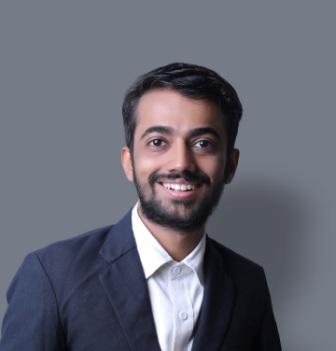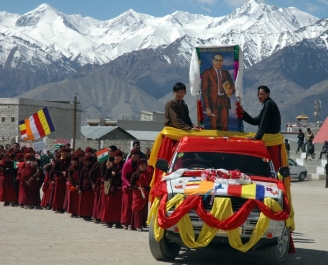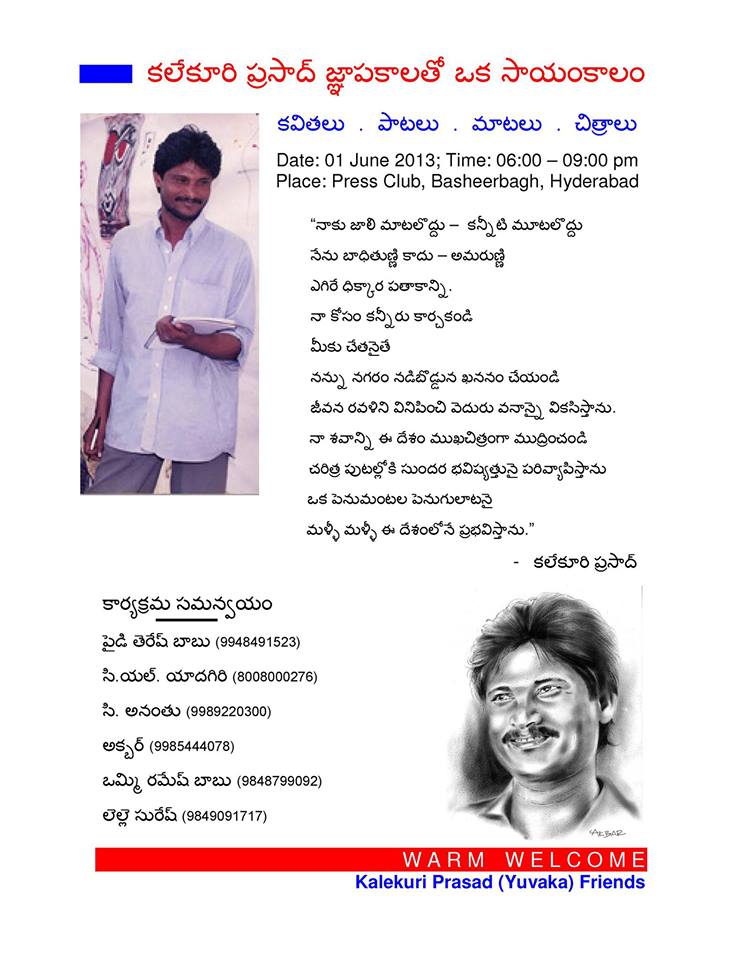Hardik Parmar
 Caste Background of Archaeology in India
Caste Background of Archaeology in India
Archaeology as a subject is a rational and logical inquiry into the past using scientific methods. Its primary interest lies with understanding the complex question of how we [humans] came into existence but more importantly what processes and interactions involved in the making of civilizations in the past led to the concept of what we call today a “society”.
Initially the discipline emerged as a treasure hunting and romantic travelogue by colonials in the Global South, later it evolved to become a systematic inquiry into the past. In the footsteps of Alexander Cunningham [first director of Archaeological Survey of India] and Mortimer Wheeler, many Brahmins like Bhagwanlal Indraji (Nagar Brahmin), Dr. Bhau Daji lad (Saraswat Brahmin), Rakhal Das Benerji, P K Mishra, Dayaram Sahni, Hasmukh Dhirajlal Sankhalia, and many others joined them as assistants and did field research activities. Having a monopoly over Sanskrit language, Brahmins were often invited by Britishers to translate manuscripts which led to many of them later taking up archaeology as a profession. They have become pioneers in many important archaeological discoveries in India but one must recognize the fact that they benefited from a higher position within the social, cultural and material [caste] reality of India with opportunities open only for them unlike for Shudras and Dalits.
Egalitarianism and Archaeology
A pertinent question to ask after these many years is where do Dalits, Bahujans and Adivasis (DBA) stand in pursuing archaeological studies. Here are some experiences which I share as being the first Mochi studying archaeology at Maharaja Sayajirao University. It didn’t take me long to recognize that in a class of 25, there were only 2 students from the DBA community, which was me and my friend. While looking at the class composition, 80 percent of students were from the Brahmin community.
It is not that I had any envy against high enrollment of particular caste groups in archaeology but it is the suffocating ecosystem that emerges once we start studying archaeology along with them. By definition, archaeology tries to study history and deeds of past humans. Is it really a history of past humans or a particular caste, whose history matters?
When we started studying the social and political institutions of ancient India, the lecture on varnashrama was given hardly fifteen to twenty minutes. That too, not demonizing the caste system but presented it as a systematic way of life created and celebrated in ancient India. No interest is shown in dwelling upon its origin and maintenance throughout the ages as if that question doesn’t matter to archaeologists.
Many of my Brahmin classmates used to spend time in the library looking for their Gautra (sacred lineage of Brahmins). It was a time when I was reading in the library and they asked me if I wanted to find my Gautra. The ignorance in them is such that they are not aware that being a Shudra we don’t have a sacred lineage and also don’t understand the humility they brought on me and how I felt that it projected me as less than human. All the antiquity, scripts, artifacts and monuments talk about their history and their past as glorious but where is our history or do slaves have a history?
We used to have a presentation on the political history of India. Where each student takes up a particular dynasty and prepares a presentation on it. One of my classmates was preparing a presentation about the Rajput dynasty of Rajasthan. Without giving a thought, she asked, ‘’Are you a Rajput?” I felt hesitant but I replied “No”. She didn’t stop there and shamelessly continued, “If not Rajput then who?”. She waited for an answer and I had to say I am mochi. This incident left me humiliated and I immediately left that place. Revealing a caste is not comfortable for DBA students. It immediately reduces their identity as a human to a particular caste. On the other hand, the upper castes are comfortable and deliberately take pride in being Brahmin etc and openly talk about it.
Archaeology is rational in methodological and logical terms. It encourages critical questions. My friend used to have critical questions about the origin of religion and caste for which he expected answers from archaeology. These were truth-seeking questions that when asked in class my other classmates started feeling uncomfortable and were not even able to stand it. One of them closely associated with RSS went to the extent of threatening him in public.
Need of an Ambedkarite Archaeologist
Contribution of Ambedkar towards Archaeology is monumental. One can arrive at this conclusion when one reads “Who were the Shudras?”, “Caste in India: Their Mechanism, Genesis and Development”, and “The Untouchables: Who Were They? and Why They Became Untouchables”.
As a student of Archaeology some of the historical questions about caste were answered by the readings of Dr. Ambedkar and not by my professional BA Degree in Archaeology. It is now important for DBA communities to take active part in studying archaeology. Many times, our people are not aware about this discipline. In that context, the writings of Dr. Ambedkar are a primary reading one should follow.
Many of the Brahmin classmates emotionally so attached to their caste, are not able to do justice to archaeology. They are against the idea of human evolution and don’t even believe in Darwin’s theory of the origin of species. The mythological texts are so close to their heart that they are not able to free themselves from it. Even being students of archaeology, they are so defensive about Indian mythological texts and any honest attempt of critical engagement them turns violent. They turn hostile when you even quote the scholarship of Dr. Ambedkar in an archaeological discussion.
DBA communities have no vested interest in defending the caste system as a legitimate way of living in society; they can engage with archaeology on more rational terms without any prejudice. Many Bahujans nowadays are trapped in false cultural pride and are unable to attain spiritual rights can truly take a step towards freedom of mind by studying archaeology.
A recent virtual gathering in June 2020, co-sponsored by Society of Black Archaeologists (SBA founded in 2012) and North American Theoretical Archaeology Group (TAG) and Columbia Center for Archaeology addressed the issue of Race within mainstream archaeological discourse. They are advocating for archaeological methods to deconstruct Race and envisioning the importance of black archaeologists in it (Flewellen et al., 2021) . There is an inspiration DBA Archaeologists can take from these organizations. The anti-Caste students in India need archaeology as a tool for understanding their own cultural history and origin of social identity. DBA students can make Archaeology more interdisciplinary with sociology, political science, historical justice, law and economics. We are well aware about legal archaeology and recent intervention of archaeologists in disputed historical sites in India. In such an instance, can archaeology be truly independent of politics? Aren’t many economists using archaeological research to understand ancient trade and labour practices? Indeed they do. Many of my classmates miserably failed to develop interdisciplinary understanding of archaeology because of their own limited understanding of the subject. Here is a great responsibility upon the DBA community to thrive with distinct archaeological scholarship that can truly unravel your own reality.
Equally, the archaeology professors in India have to make the academic space more egalitarian by encouraging the discussion on the origin of the caste system in ancient India by not just teaching Varnashrama but scrutinizing it in an open classroom. They can only do it by recognising the relation of archaeology and caste and deal with their own biases and prejudices.
In 1956, the socio-cultural revolution rejuvenated after the conversion of Dr. B. R. Ambedkar into Navayana Buddhism. Major breakthrougsh in Buddhist studies has been possible by extensive archaeological excavation of Buddhist stupas and viharas and interpretation of Pali texts. In recent times the Navayana Buddhist scholarship has emerged as a means of emancipation for Dalit Bahujan to reclaim the self and get freedom from the caste system. Academic fora such as the Navayana Buddhist sangha is heavily engaged in methodology, historiography and freedom of mind.
Archaeology as a discipline is already facing a crisis of unequal representation. Most of the alumni of archaeology get scholarships to study abroad by painting themselves as representatives of Indian culture. It is a time for an alternate epistemology to emerge within archaeology. Claiming our own history will be a first step of emancipation against twisted ones.
~
References
Flewellen, A., Dunnavant, J., Odewale, A., Jones, A., Wolde-Michael, T., Crossland, Z., & Franklin, M. (2021). “The Future of Archaeology Is Antiracist”: Archaeology in the Time of Black Lives Matter. American Antiquity,86(2), 224-243. doi:10.1017/aaq.2021.18
~~~
Hardik Parmar is presently working with ANANDI, Gujarat. He has completed his MA in Social Work (Dalit and Tribal Studies and Action) from TISS, Mumbai. His research interests include affirmative actions, human rights, political economy, and largely in the domain of public policy. He likes to identify himself as a thinking being, and when he’s not questioning the social structures and systems around he can be found binging Marvel or Friends on Netflix.









